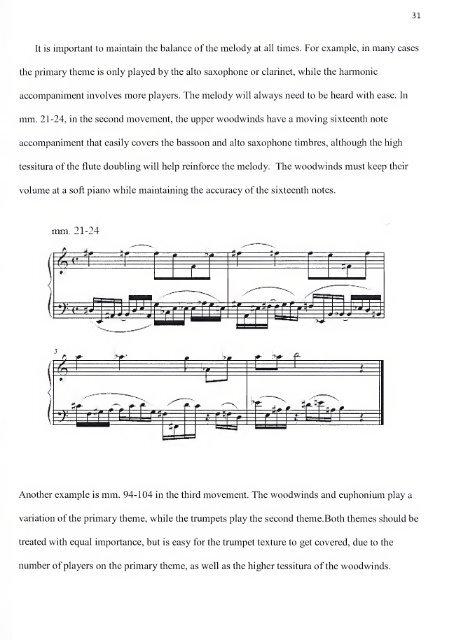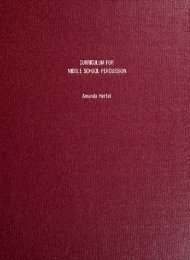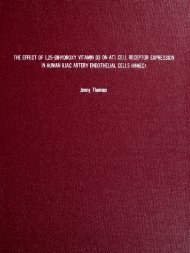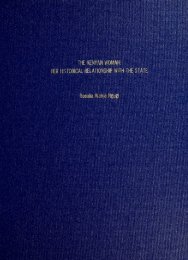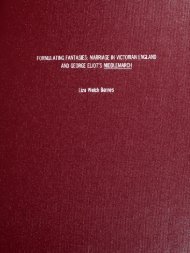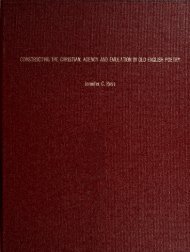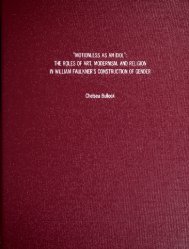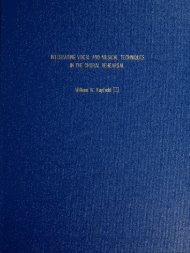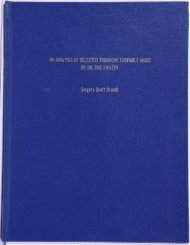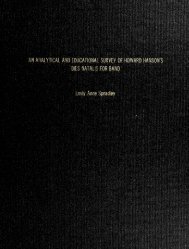An Analytical and Educational Survey of Roger Boutry's Mtachrome
An Analytical and Educational Survey of Roger Boutry's Mtachrome
An Analytical and Educational Survey of Roger Boutry's Mtachrome
You also want an ePaper? Increase the reach of your titles
YUMPU automatically turns print PDFs into web optimized ePapers that Google loves.
1r1^^\It is important to maintain the balance <strong>of</strong> the melody at all times. For example, in many casesthe primary theme is only played by the alto saxophone or clarinet, while the harmonicaccompaniment involves more players. The melody will always need to be heard with ease. Inmm. 21-24, in the second movement, the upper woodwinds have a moving sixteenth noteaccompaniment that easily covers the bassoon <strong>and</strong> alto saxophone timbres, although the hightessitura <strong>of</strong> the flute doubling will help reinforce the melody. The woodwinds must keep theirvolume at a s<strong>of</strong>t piano while maintaining the accuracy <strong>of</strong> the sixteenth notes.mm. 21-24'••— p y "-r-1_^_J.jjj1^^^H -'~~~"~~ "~~"~--v v"tP1^ -1—H *0 f f» J I!] ^^^|ir —lI^J! !•I*1 ^T^fTrrTf^"y. J —lh-! 1 "1 1|—j—lL>(•ir - "~^"'t~Brfix¥f<strong>An</strong>other example is mm. 94-104 in the third movement. The woodwinds <strong>and</strong> euphonium play avariation <strong>of</strong> the primary theme, while the trumpets play the second theme. Both themes should betreated with equal importance, but is easy for the trumpet texture to get covered, due to thenumber <strong>of</strong> players on the primary theme, as well as the higher tessitura <strong>of</strong> the woodwinds.


